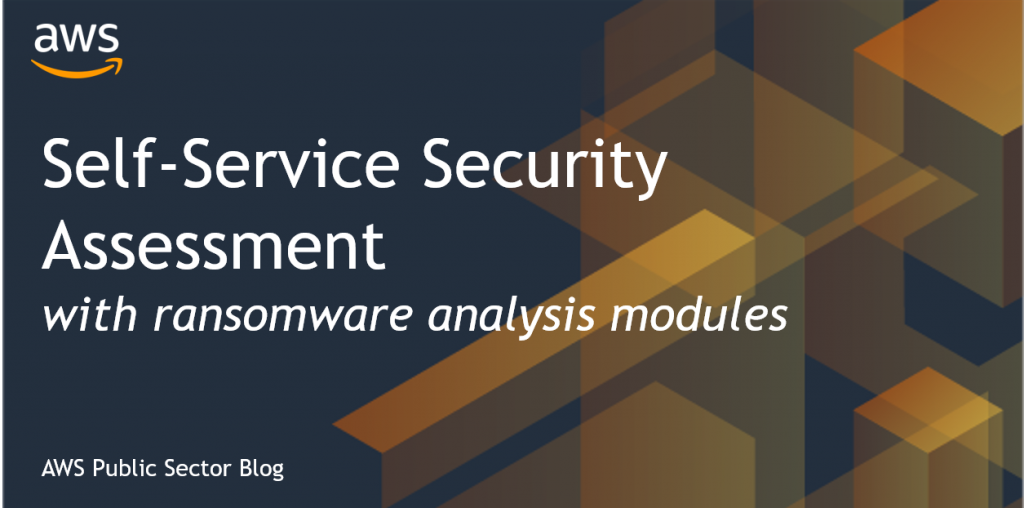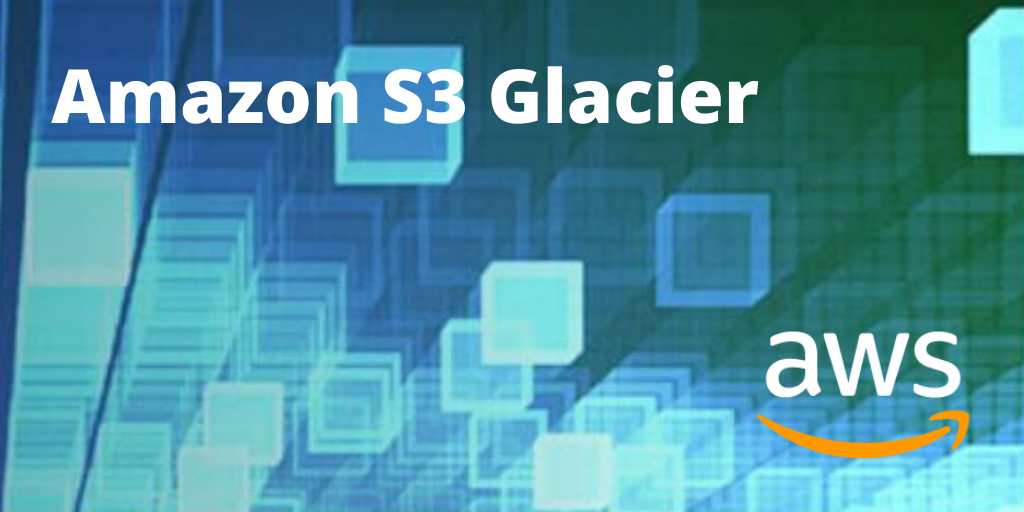AWS Public Sector Blog
Tag: Amazon S3
Assess your security posture to identify and remediate security gaps susceptible to ransomware
As government agencies and public sector organizations modernize their IT and migrate to the AWS Cloud, the ability to gain a full, clear view of the security of their environments is a primary challenge they experience. This lack of visibility leads to blind spots and gaps in their security posture, leaving opportunity for security issues to arise. As a result, AWS developed a new open source Self-Service Security Assessment (with ransomware analysis modules) tool that provides customers with a point-in-time assessment to quickly gain valuable insights into the security posture of their AWS account.
On Mars, powered by the cloud: Mars 2020 rover launches
Earlier today, NASA launched its Mars 2020 rover—Perseverance. Operated by NASA’s Jet Propulsion Lab (JPL), the Perseverance rover will explore Mars for past signs of ancient life and collect rock and soil samples for return by a future mission. The images taken from the Mars 2020 rover will be available on NASA JPL’s public website, and will be shared with people around the world. All images returned from the mission will be hosted on the AWS Cloud.
Empowering girls with STEM education, safely and at scale
Boolean Girl is educating girls to code, build, invent, and animate. It provides enrichment classes, all-girl camps, special events, and partnerships, preparing girls everywhere to explore computer programming and engineering. Boolean Girl hosts its website on the cloud and is core to everything it does: telling its story, registering students and taking payment for camps and after-school clubs, processing donations, organizing events, building our email lists, and running its online university. Boolean Girl uses the AWS Nonprofit Credit Program to cover vital IT expenses while achieving its mission.
European Convalescent Plasma Collection Platform: Data-driven initiative to fight COVID-19
The European Commission, with three of its Directorates-General (DG) (DG SANTE, DG DIGIT, and DG CONNECT) in collaboration with the European Blood Alliance (EBA) and the European Centre for Disease Prevention and Control (ECDC), created the European Union (EU) COVID-19 Convalescent Plasma (CCP) Platform. This database is based on the concept of passive immunization (an approach promoted by the World Health Organization (WHO) Blood Regulators Network), which tests the potential of plasma collected from convalescent persons to treat or prevent viruses and diseases such as COVID-19.
Enabling rapid COVID-19 and air pollution analysis across the globe with OpenAQ and AWS
Unravelling the relationship between COVID-19 and air pollution is vital for protecting public health. For example, preliminary works suggest that those living in environments with polluted air are significantly more likely to be adversely affected by COVID-19. At the same time, air pollution is already known to cause an estimated one out of every eight deaths globally. The decrease in human activities due to COVID-19 lockdowns across the world has people wondering how air pollution levels are being impacted—and what valuable public health and policy lessons we can learn.
Communicating a national flood risk assessment using AWS
The First Street Foundation is dedicated to communicating the flood and inundation risks posed by a changing environment, with an emphasis on allowing Americans to discover and understand those risks. By building awareness, our hope is that every individual is empowered to take steps to reduce their risk exposure to flooding, as well as that of their communities—today and in the future. First Street created a nationwide assessment of flood risk for the CONUS and DC, and is now sharing that assessment through Flood Factor™.
Securing Amazon S3 Glacier with a customer-managed encryption key
Customer managed encryption keys are a common architecture requirement within highly regulated workloads. This post demonstrates how to satisfy this requirement within Amazon Simple Storage Service (Amazon S3), including Amazon S3 Glacier. We also clarify some common points of confusion and demonstrate how objects can be uploaded directly to Amazon S3 Glacier via Amazon S3, which can help meet regulatory requirements as well as potentially save budget.
Stanford researchers accelerate autism research by sharing genomic data in the cloud
In 2014, the Wall Lab at Stanford University sought to answer one of the most pressing questions in neuroscience: What genes influence autism spectrum disorder (ASD)? According to the Centers for Disease Control (CDC), this neurodevelopmental disorder affects roughly one in 54 children in America and is on the rise—nearly tripling since 1992. In the lab’s study of ASD genetics, they chose the cloud—and a unique experimental approach—to speed the time to science.
Capella and SpaceNet deliver unique views of Earth with machine learning on AWS
The breadth of challenges that can be addressed by overhead imagery is broad and continues to grow as new and improved sensors are deployed. To make the best use of this data, you need to have high-quality training data—data that you know is true (often called ground truth data) so that your algorithms can learn from it. A lack of this high-quality labeled training data continues to impede progress in many areas of remote sensing analytics, including machine learning. Two of the SpaceNet collaborators, Capella Space and AWS, are providing access to a unique dataset to help foster innovation in geospatial-based artificial intelligence. Learn more about Earth observation data, the SpaceNet 6 Challenge, and available datasets.
Five ways to use AWS for research (starting right now)
If you are a scientific researcher, you are likely more interested in getting your research done than in the computational resources that you use to do it. You may think about ways to continue your research remotely with the rise in remote work. Did you know the cloud and Amazon Web Services (AWS) can accelerate your research and time to science? Here are five ways.









